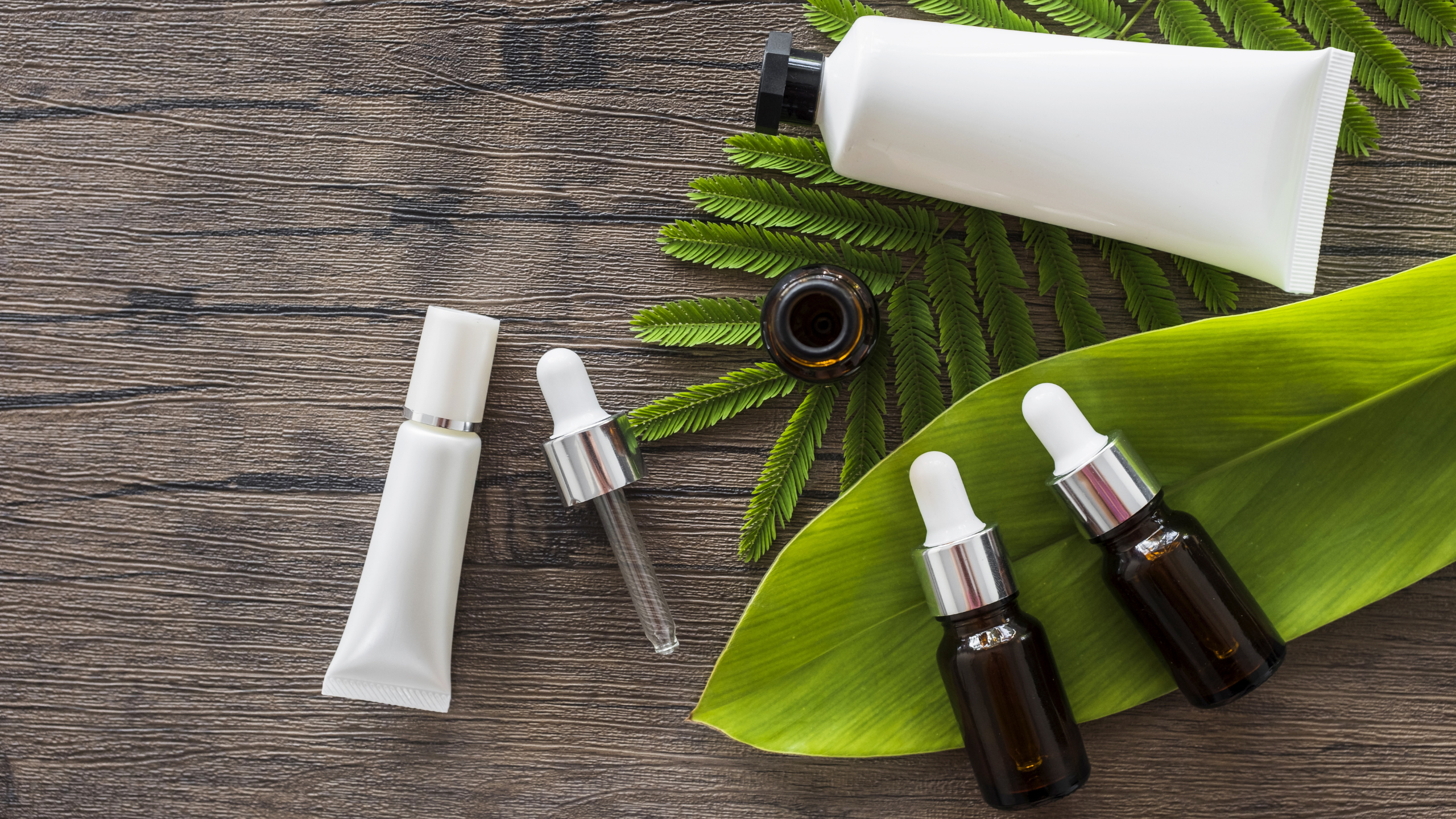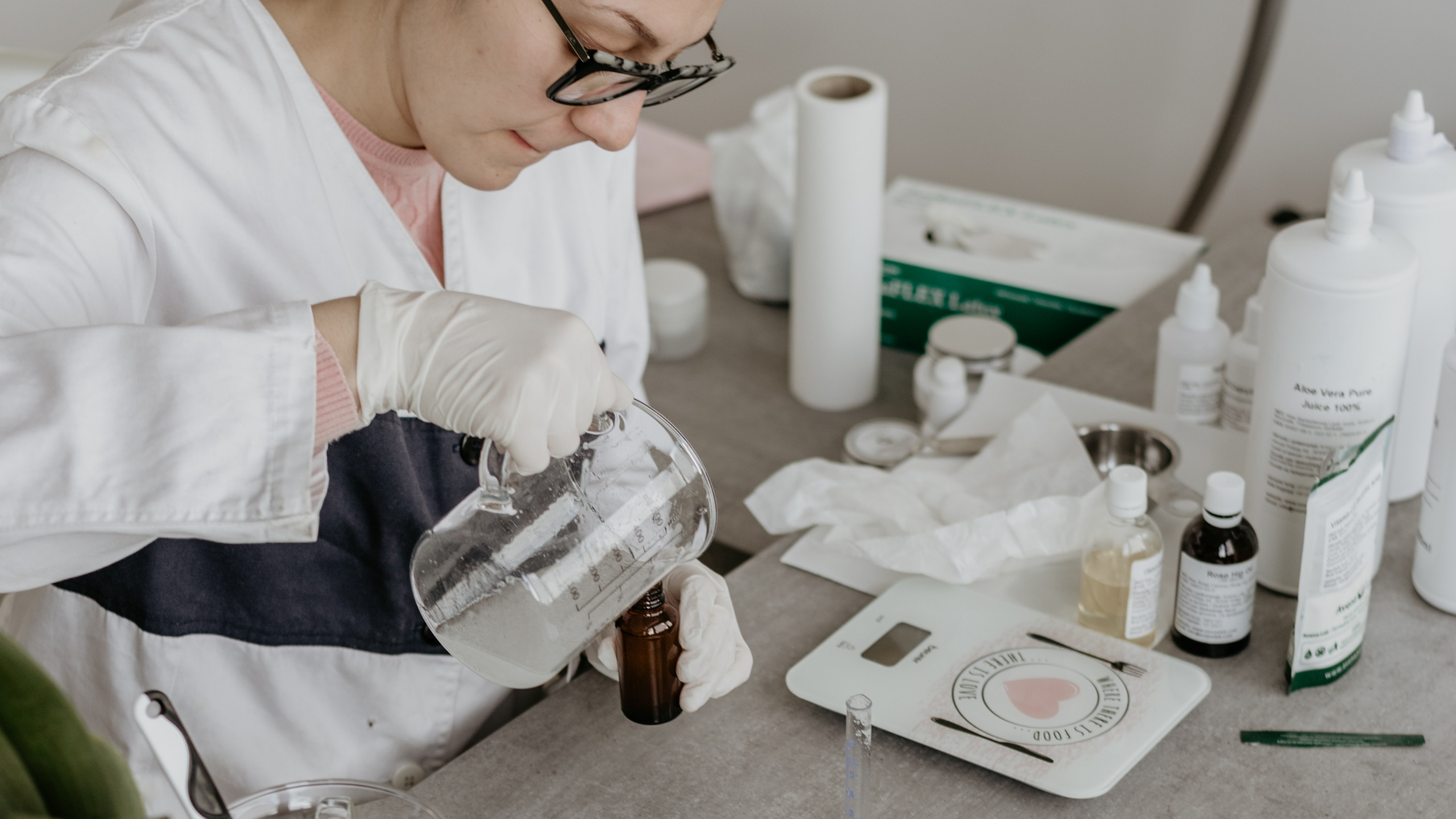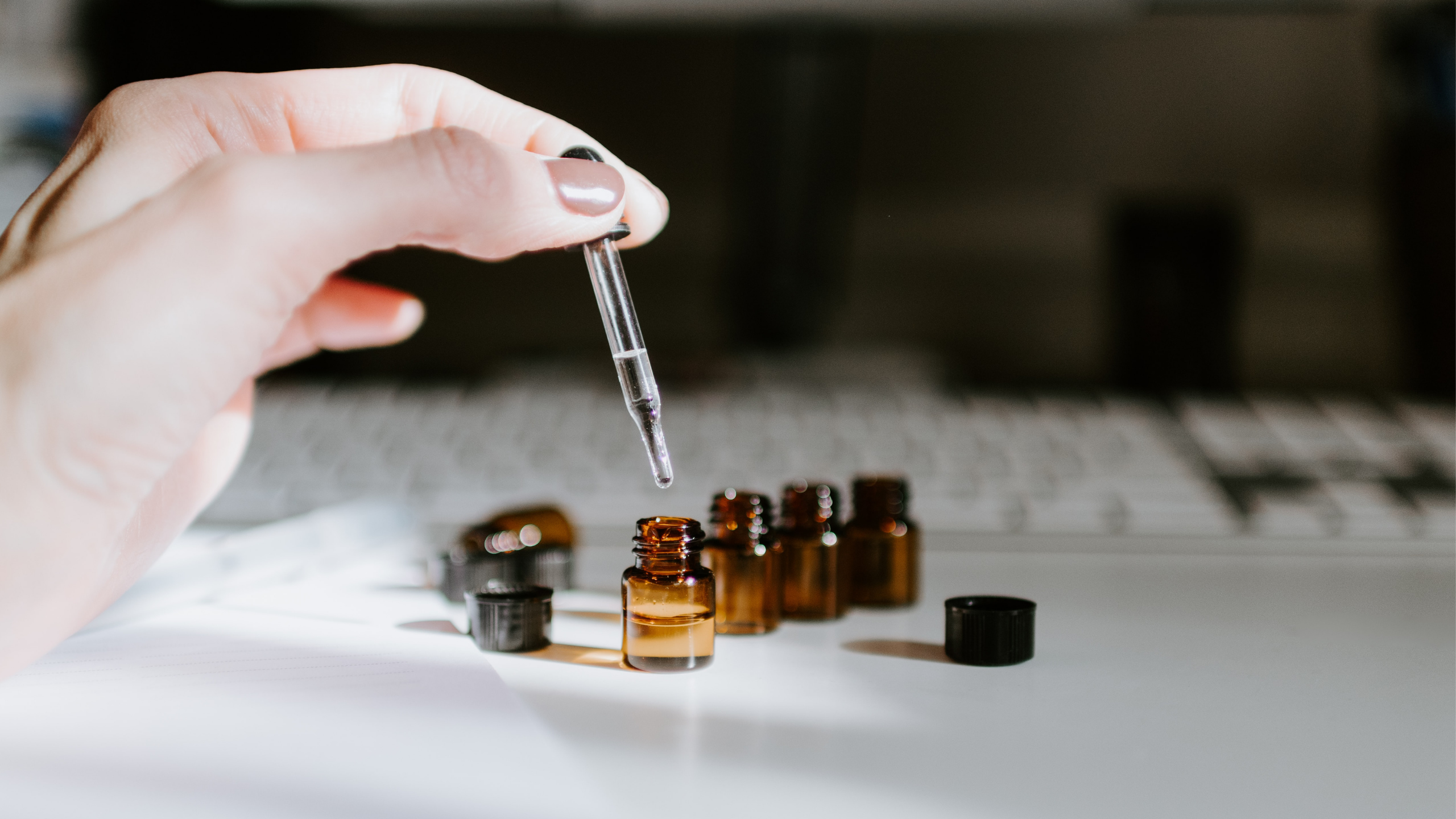With the increasing choice of cosmetics being sold, people reach for them more often, sometimes only because of their smell or appearance. However, frequent use of cosmetics, especially in excessive quantities, may result in allergic reactions on the skin.
A skin allergy is an abnormal reaction of the immune system to a specific substance that may occur in food, cosmetics, laundry detergents, or nature – for example, the pollen of grasses and trees. An allergic reaction can happen either immediately after contact with the allergen, or some time later.
Which ingredients in cosmetics are most likely to give you an allergic reaction? Preservatives and fragrance compositions, both natural and synthetic, which are contained in most products. A list has been compiled of 26 allergens that must be disclosed on the packaging of a cosmetic product if they exceed 0.01% by weight of a rinseable product (shampoo, soap) or 0.001% of a non-rinseable one (cream, lotion). That list is helpful in identifying which allergen may be harming you. But many people are allergic also to other raw materials, such as essential oils or plant extracts. This shows a correlation – cosmetics of natural origin cause allergic reactions the most often.
People who suffer from skin allergies should limit the use of products containing any potential allergens and opt for cosmetics that are labeled as “hypoallergenic”. But what does that mean? Can any cosmetic have a claim on its packaging saying that it’s hypoallergenic? Well, such a claim may be used only in cases where the cosmetic product has been developed with a view to minimizing its allergenic potential. The person responsible for the product being released on the market should have reliable evidence to substantiate this claim. It may be literature data, dermatological and application testing, scientific studies, market information, adverse reaction and serious adverse reaction reports. However, there are no clear guidelines on the type of tests that need to be performed. The most common tests are dermatological tests on sensitive skin and application tests also on volunteers with a positive allergic history.
At the stage of formulating the product, it’s important to avoid inclusion of any known allergens and their precursors, in particular mixtures:
• identified as sensitizers by the Scientific Committee on Consumer Safety (SCCS) or its predecessors that assessed the safety of cosmetic product ingredients
• identified as skin sensitizers by any other official risk assessment committee
• classified as skin sensitizers of category 1, subcategory 1A or subcategory 1B pursuant to the new criteria established by the CLP Regulation
• identified by the company based on an evaluation of consumer complaints
• generally recognized as sensitizing substances in scientific literature
• or for which no relevant data on sensitizing potential are available.*
Given the above conditions, the formulation of a hypoallergenic cosmetic must be very well thought out and the ingredients must be properly and rigorously selected. Still, you should remember that the use of the “hypoallergenic” claim does not guarantee complete elimination of the risk of an allergy because every skin reaction is individual and each user of the cosmetic may be allergic to something else. Therefore, it’s worth designing the product label and communication in such a way that it doesn’t give the impression that the product is 100% sure not to cause a negative body reaction.
To additionally minimize the risk of skin allergy, the most important thing is to observe your own body and choose the right cosmetics by trial and error. For starters, eliminate any dyes, fragrant substances, and some preservatives. If this doesn’t help, then go for products with the shortest possible list of ingredients and those that have been tested on sensitive or atopic skin.
Anna Kuczyńska
Technologist
*source: https://www.kosmetyczni.pl/uploads/etyczna%20komunikacja/Kosmetyczni.pl_dokument_techniczny_PL_final_04.09.18.pdf






